Client Feedback Software
more topics
More Than Surveys
Client feedback gathering software in professional and technical services environments has evolved beyond simple satisfaction surveys into sophisticated platforms that capture detailed insights about service quality, project delivery, and client experience. These systems enable organizations to collect structured feedback at multiple touchpoints throughout the client journey, from project initiation through delivery and ongoing support. Modern feedback platforms can integrate with project management and CRM systems to provide context-aware surveys, real-time alerts for negative feedback, and trending analysis that helps identify systemic issues or opportunities for improvement.
Making it User-Friendly
The most effective client feedback systems in technical services are those that balance the need for detailed technical assessment with user-friendly interfaces that encourage consistent client participation. These platforms often include features like automated triggers based on project milestones, customizable question sets for different service types, and the ability to gather both quantitative metrics and qualitative insights. Advanced systems can also incorporate sentiment analysis and natural language processing to extract meaningful patterns from open-ended responses, helping organizations understand not just what clients are saying but the underlying emotions and concerns driving their feedback.
Actionable Improvement
One of the key challenges in implementing client feedback software is ensuring that the gathered data leads to actionable improvements. Organizations need systems that not only collect feedback effectively but also facilitate the analysis and distribution of insights to relevant stakeholders. This includes features for routing critical feedback to appropriate team members, tracking resolution of identified issues, and measuring the impact of implemented changes. Additionally, technical service providers often require feedback platforms that can handle complex service relationships, where multiple teams may be serving different parts of the same client organization, each requiring their own feedback channels while maintaining a holistic view of the overall client relationship.

